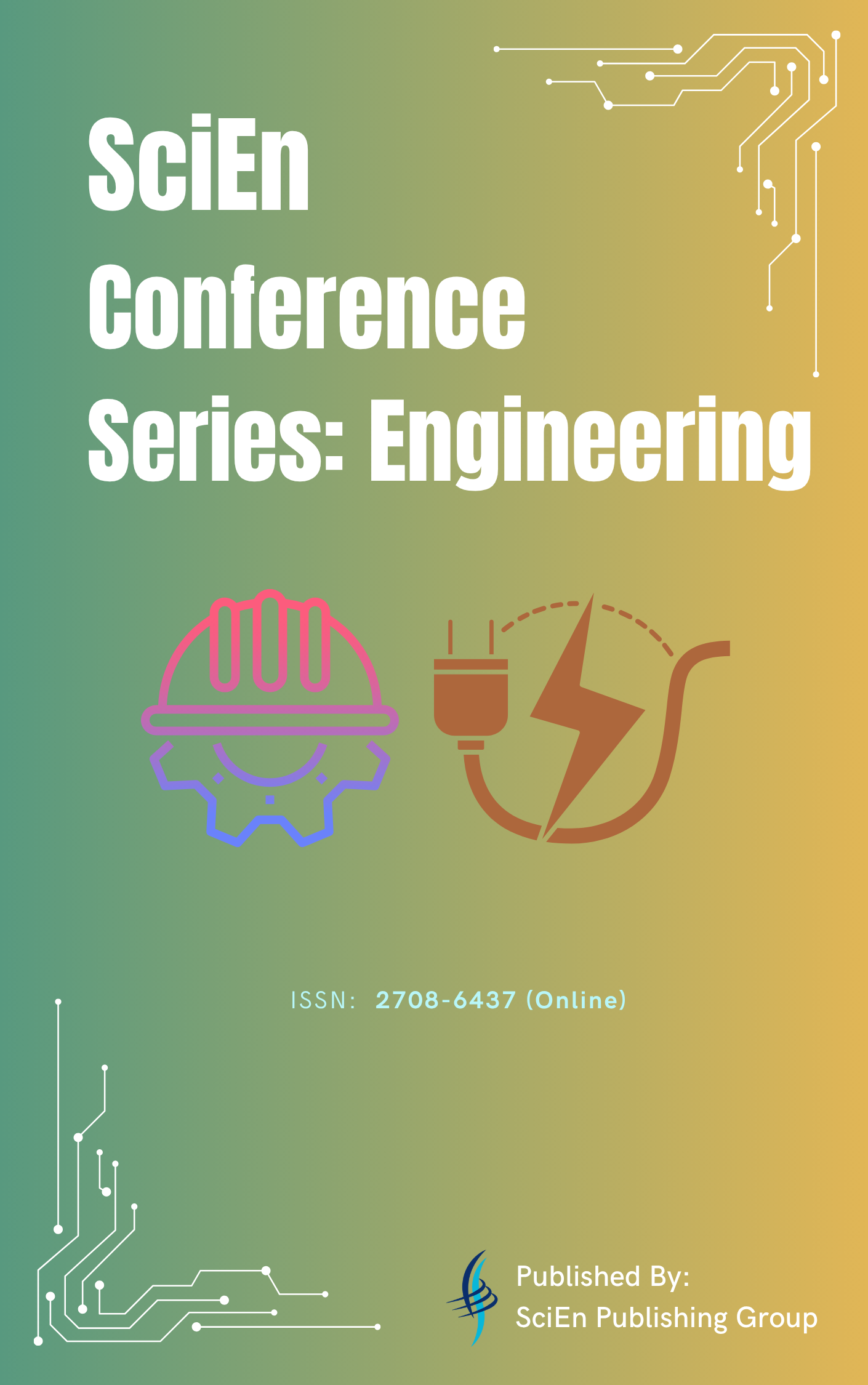Combustion and Emission Characteristics of a Diesel Engine Operating with Varying Equivalence Ratio and Compression Ratio - A CFD Simulation
DOI:
https://doi.org/10.38032/jea.2020.03.005Keywords:
Computational Fluid Dynamics (CFD), Diesel engine, Compression ratio, Combustion performance, Engine emissionsAbstract
The performance of diesel engine highly depends on atomization, vaporization and mixing of fuel with air. These factors are strongly influenced by various parameters e.g. injection pressure, injection timing, compression ratio, equivalence ratio, cylinder geometry, in cylinder air motion etc. In this study, a diesel engine has been investigated by employing a commercial CFD software (ANSYS Forte, version 18.1) especially developed for internal combustion engines (ICE) modeling; focusing primarily on the effects of equivalence ratio and compression ratio on combustion and emission characteristics. Simulations are performed for a range of equivalence ratio varying from 0.6 to 1.2 and for three compression ratios namely, 15:1, 18:1 and 21:1. Results show that, improvement in combustion characteristics with higher compression ratio could be achieved for both lean and rich mixtures. Peak in-cylinder pressure and peak heat release nearer to TDC are achieved for compression ratio of 18:1 that could results in more engine torque. For compression ratio beyond 16:1, effects of fuel concentration on ignition delay is more pronounced. At lower compression ratio, in-cylinder temperature is not sufficiently high for atomization, vaporization, mixing of fuel with air, and preflame reactions to occur immediately after the fuel injection. NOx emission in diesel engine increases due to higher pressure and temperature inside the cylinder associated with relatively higher compression ratio. Rich mixture leads to more CO and unburnt hydrocarbon emission compared to lean mixture as result of incomplete combustion. Engine operation with too high compression ratio is detrimental as emission is a major concern.
References
Heywood, J., 1988. Internal combustion engine fundamentals: McGraw-Hill Education.
Prasad, R. and Bella, V.R., 2010. A review on diesel soot emission, its effect and control. Bulletin of Chemical Reaction Engineering & Catalysis, 5(2), p.69.
Tighe, C.J., Twigg, M.V., Hayhurst, A.N. and Dennis, J.S., 2012. The kinetics of oxidation of diesel soots by NO2. Combustion and flame, 159(1), pp.77-90.
Sarvi, A., Lyyränen, J., Jokiniemi, J. and Zevenhoven, R., 2011. Particulate emissions from large-scale medium-speed diesel engines: 1. Particle size distribution. Fuel processing technology, 92(10), pp.1855-1861.
Demers, D. and Walters, G., 1999. Guide to exhaust emission control options. BAeSAME, Bristol.
Payri, F., Bermúdez, V.R., Tormos, B. and Linares, W.G., 2009. Hydrocarbon emissions speciation in diesel and biodiesel exhausts. Atmospheric Environment, 43(6), pp.1273-1279.
Hardy, W.L. and Reitz, R.D., 2006. A study of the effects of high EGR, high equivalence ratio, and mixing time on emissions levels in a heavy-duty diesel engine for PCCI combustion (No. 2006-01-0026). SAE Technical Paper.
Jindal, S., Nandwana, B.P., Rathore, N.S. and Vashistha, V., 2010. Experimental investigation of the effect of compression ratio and injection pressure in a direct injection diesel engine running on Jatropha methyl ester. Applied thermal engineering, 30(5), pp.442-448.
Raheman, H. and Ghadge, S.V., 2008. Performance of diesel engine with biodiesel at varying compression ratio and ignition timing. Fuel, 87(12), pp.2659-2666.
Zheng, J., Wang, J., Zhao, Z., Wang, D. and Huang, Z., 2019. Effect of equivalence ratio on combustion and emissions of a dual-fuel natural gas engine ignited with diesel. Applied Thermal Engineering, 146, pp.738-751.
Montoya, J.P.G., Diaz, G.J.A. and Arrieta, A.A.A., 2018. Effect of equivalence ratio on knocking tendency in spark ignition engines fueled with fuel blends of biogas, natural gas, propane and hydrogen. International journal of hydrogen energy, 43(51), pp.23041-23049.
Nam, D., 2000. How to reduce emission of nitrogen oxides [NOx] from marine diesel engines in relation to Annex VI of MARPOL 73/78.
Jafarmadar, S., 2013. The Effect of Split Injection on the Combustion and Emissions in DI and IDI Diesel Engines. Diesel Engine: Combustion, Emissions and Condition Monitoring, p.1.
Taqizadeh, A., Jahanian, O. and Kani, S.I.P., 2020. Effects of equivalence and fuel ratios on combustion characteristics of an RCCI engine fueled with methane/n-heptane blend. Journal of Thermal Analysis and Calorimetry, 139(4), pp.2541-2551.
Dec, J.E., 1997. A conceptual model of DL diesel combustion based on laser-sheet imaging. SAE transactions, pp.1319-1348.
Musculus, M.P., 2004. On the correlation between NOx emissions and the diesel premixed burn. SAE transactions, pp.631-651.
Anetor, L., Odetunde, C. and Osakue, E.E., 2014. Computational analysis of the extended Zeldovich mechanism. Arabian journal for science and engineering, 39(11), pp.8287-8305.
Downloads
Published
Issue
Section
License
All the articles published by this journal are licensed under a Creative Commons Attribution-NonCommercial 4.0 International License

